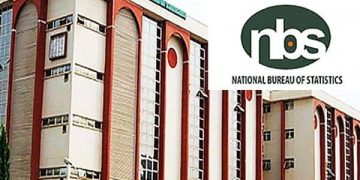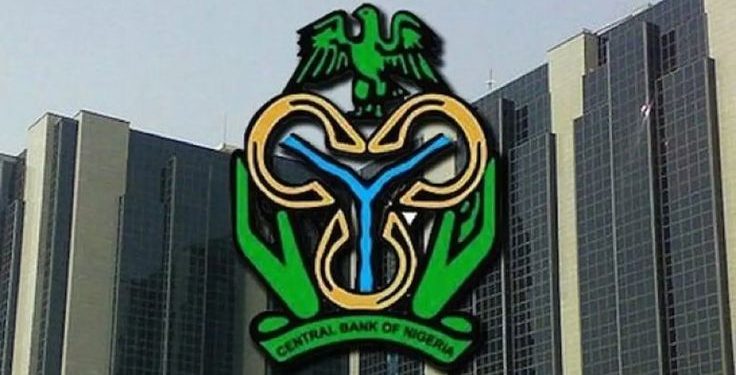The Central Bank of Nigeria (CBN) on Tuesday lowered its Monetary Policy Rate (MPR) by 50 basis points to 27.00 percent from 27.50 percent, marking the apex bank’s first policy rate cut since 2020. The Monetary Policy Committee (MPC) said the decision reflects an improving inflation outlook and the need to support economic recovery.
The MPC also announced a targeted liquidity-management measure with a 75 percent Cash Reserve Requirement (CRR) on non-TSA public-sector deposits. These are deposits originating from public sector departments that are not swept into the Treasury Single Account. The move is intended to sterilise excessive public-sector deposits parked in commercial banks and reduce systemic liquidity that could stoke inflation.
Governor Olayemi Cardoso and the MPC framed the rate cut as a calibrated response to a sustained disinflation trend. Headline inflation, which hit multi-decade highs last year, has eased through 2025. Inflation slowed to about 20.12 percent year-on-year in August, a fifth consecutive month of deceleration that helped clear the way for a modest easing of the policy stance.
Market reaction was measured. The naira had been trading firmer in the days ahead of the meeting, and analysts pointed to improved foreign exchange inflows and calmer markets as part of the backdrop for the MPC’s decision. Domestic market commentators said the rate cut was within the range expected by most analysts, although a minority had forecast a larger 75-basis-point reduction.
The introduction of a 75 percent CRR on non-TSA public funds targets an important leakage point. Many government ministries, departments and agencies still hold balances outside the Treasury Single Account, which can sit in commercial banks and increase liquidity that complicates monetary control. By imposing a high CRR on those non-TSA public deposits, the CBN effectively removes a large share of those funds from banks’ lendable resources. This sterilisation step helps keep inflationary pressures in check even as the policy rate is eased. Market analysts say this combination of rate reduction plus targeted reserve tightening signals the CBN’s preference for fine-tuned monetary control rather than an across-the-board loosening of policy.
What it means for banks, borrowers and savers
- Banks: Higher CRR on non-TSA public funds reduces available liquidity and could limit banks’ capacity to expand credit unless they substitute with other funding. That implies banks may remain cautious on aggressive lending expansion despite the lower MPR.
- Borrowers and businesses: The headline MPR cut points toward the potential for lower lending rates over time, but analysts caution that pass-through to commercial lending rates will be gradual given still-elevated inflation and banks’ existing cost of funds.
- Savers and investors: Lower policy rates typically reduce yields on short-term government paper over time, while equities can benefit from a growth-friendly signal. However, the sterilisation step reduces excess liquidity that could otherwise lift asset prices in the short term.
Analysts’ takeaways and risks
Economists broadly welcomed the signal that the CBN is prepared to pivot as inflation decelerates, but many warned that the policy mix is delicate. A premature easing could reignite price pressures while too much sterilisation could constrain credit and slow recovery. Observers will watch forthcoming data on inflation, foreign exchange flows and credit conditions to judge whether this new stance becomes a sustained easing cycle or a short tactical adjustment.
Bottom line: The MPC decision is notable for pairing a modest 50-basis-point MPR cut with a targeted 75 percent CRR on non-TSA public sector deposits. It is a two-pronged approach that attempts to balance support for growth with continued control over liquidity and inflation. The coming weeks of market and data releases will determine whether the CBN can translate lower policy rates into broader and durable easing of borrowing costs without sacrificing gains on price and currency stability.
























































